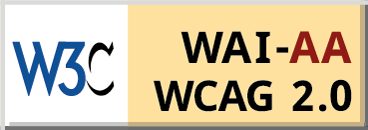Modi’s visit to UAE: Strengthening India’s Gulf link
Modi’s visit to UAE needs to be seen in the larger context of strengthening ties and further widening the scope of India’s engagement with the Gulf region.
- Prasanta Kumar Pradhan
- August 24, 2015
Modi’s visit to UAE needs to be seen in the larger context of strengthening ties and further widening the scope of India’s engagement with the Gulf region.
While India’s ability to handle the challenges may be constrained by a slowing economy, it would need to manage them through requisite diplomatic skill and finesse.
The Arab countries where people have successfully overthrown the dictatorial regimes now face the daunting task of moving forward with democratic processes, economic development and institution building.
The ongoing protests against undemocratic regimes in West Asia and North Africa have sent shockwaves throughout the region. This Brief analyses the protests in the Arab world and their implications for the region and India.
Rulers of Gulf states should initiate reforms to accommodate the voices and aspirations of different sections of their societies.
The Persian Gulf-2016-17 is fifth in the series published by MEI @ ND and first in collaboration with the IDSA. It Examines India’s bilateral relations with the region and focusses on developments during 2015 and 2016. It gives a comprehensive account of the strategic, political, economic and cultural aspects of bilateral developments and also provides in depth analysis of internal dynamics of the Persian Gulf countries.
The post-2003 Persian Gulf sub-region has witnessed intensified geopolitical conflicts and competition between Iran and the Gulf Arab states, particularly between Iran and Saudi Arabia. Scholars and experts have mostly analysed the conflicts through political and strategic prisms while neglecting their economic dimensions. This article analyses the various post-2003 conflicts between Iran and the Gulf Arab states with a focus on how economic integration or the lack thereof creates the incentives to resolve or sustain the conflicts.



